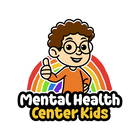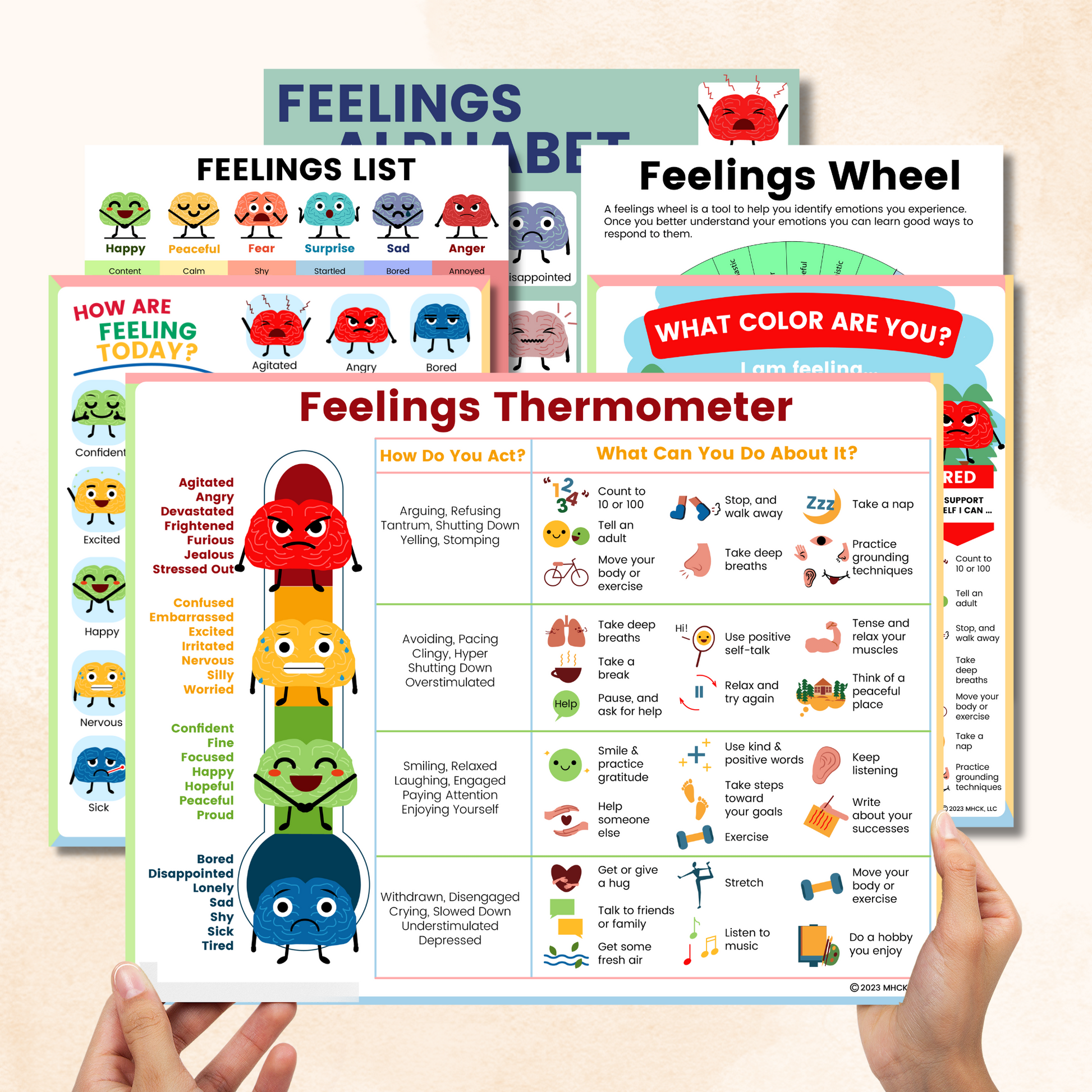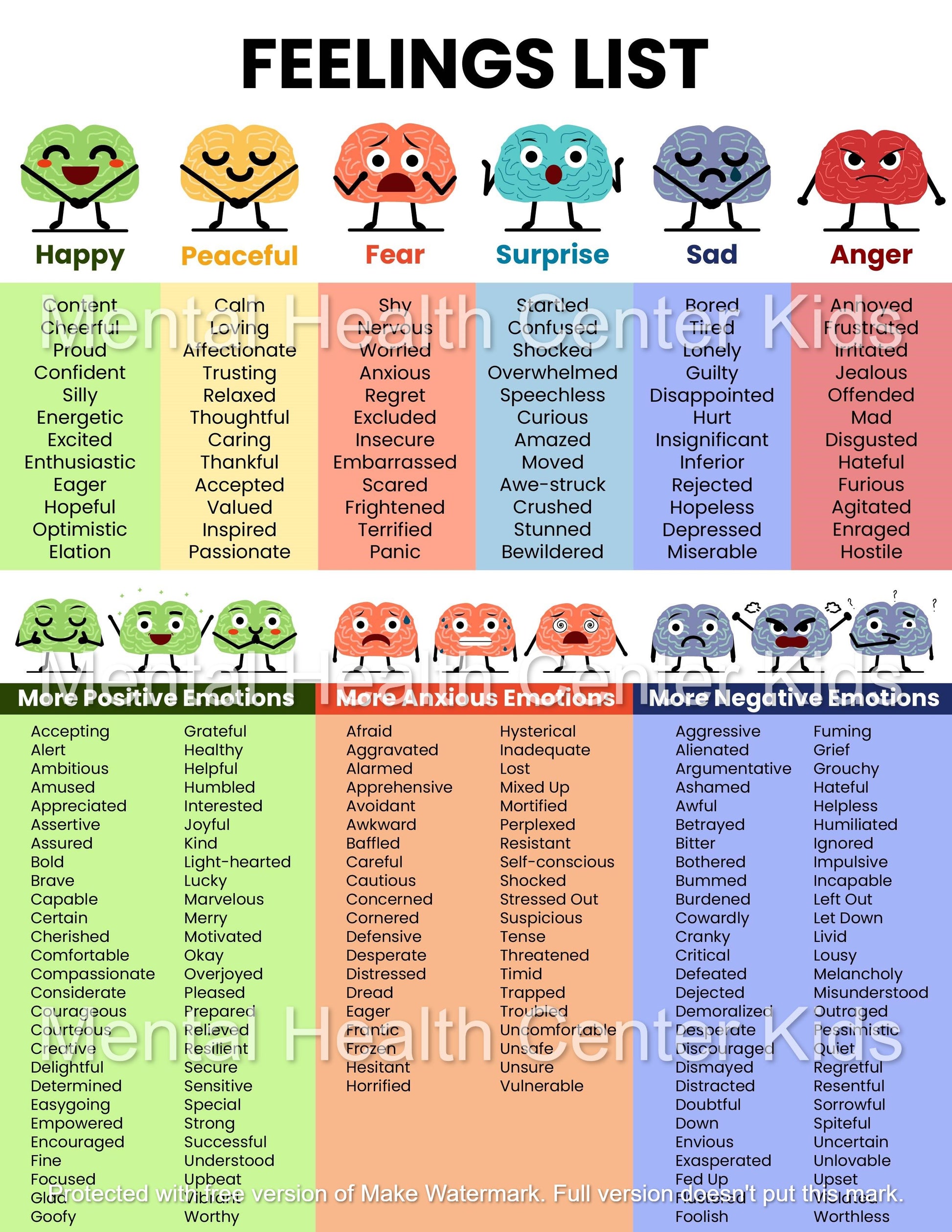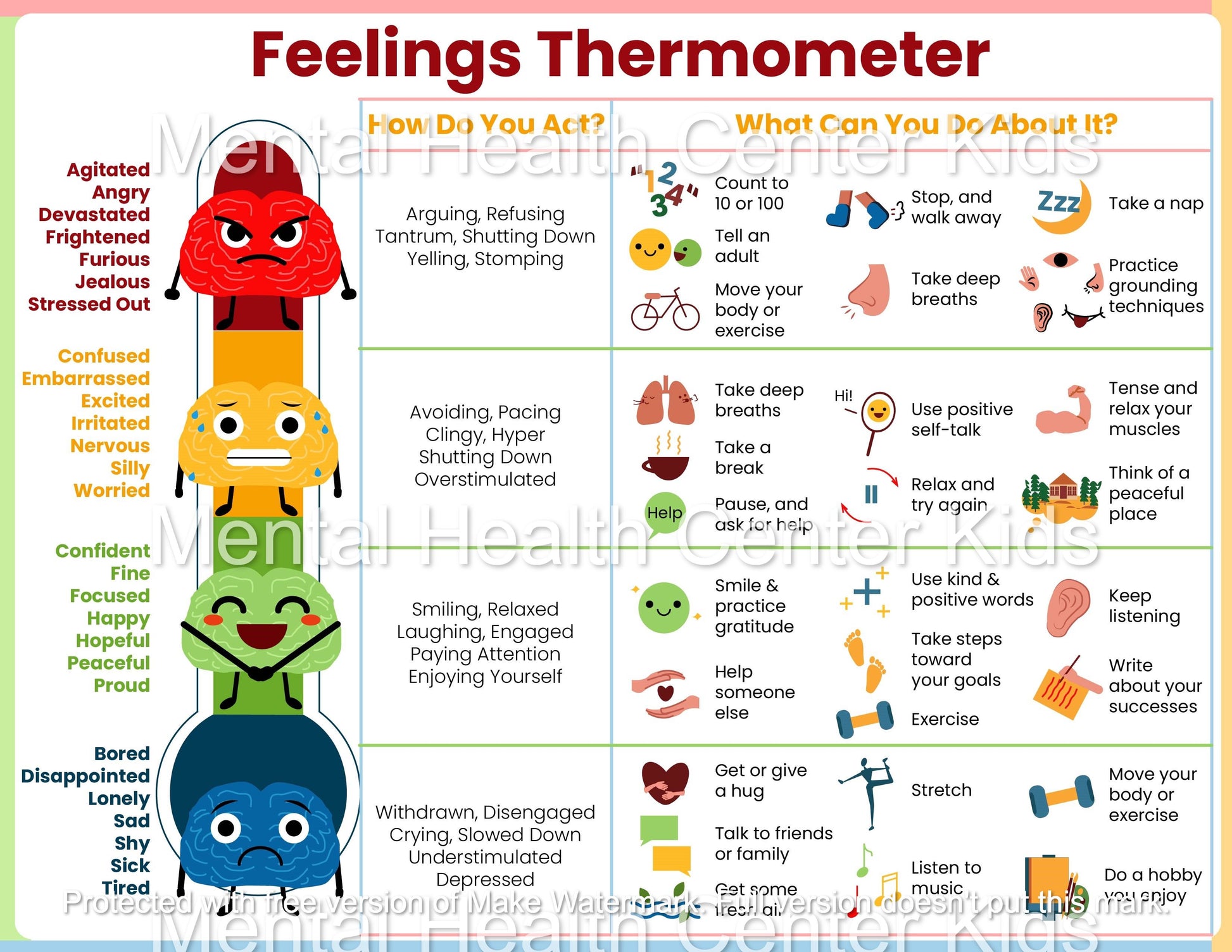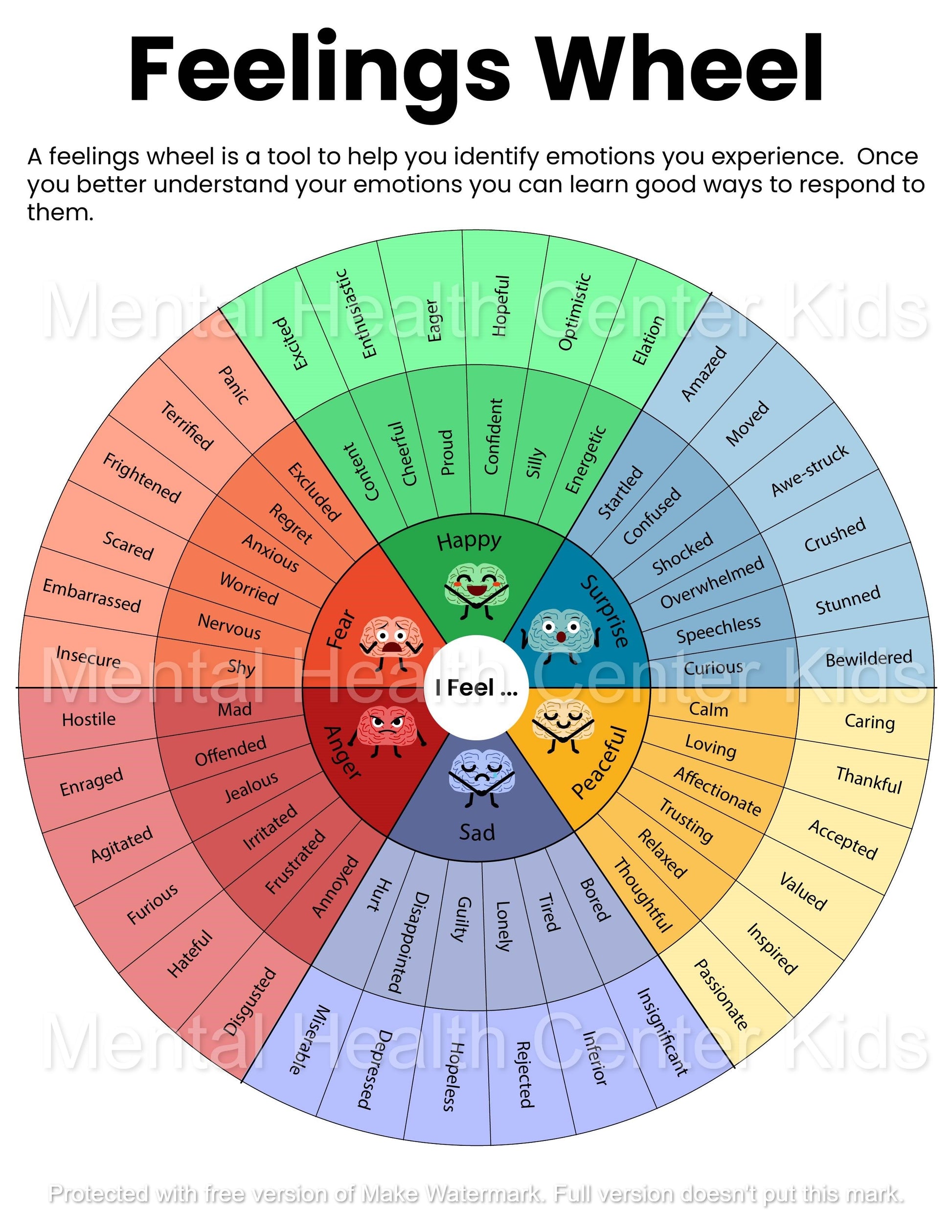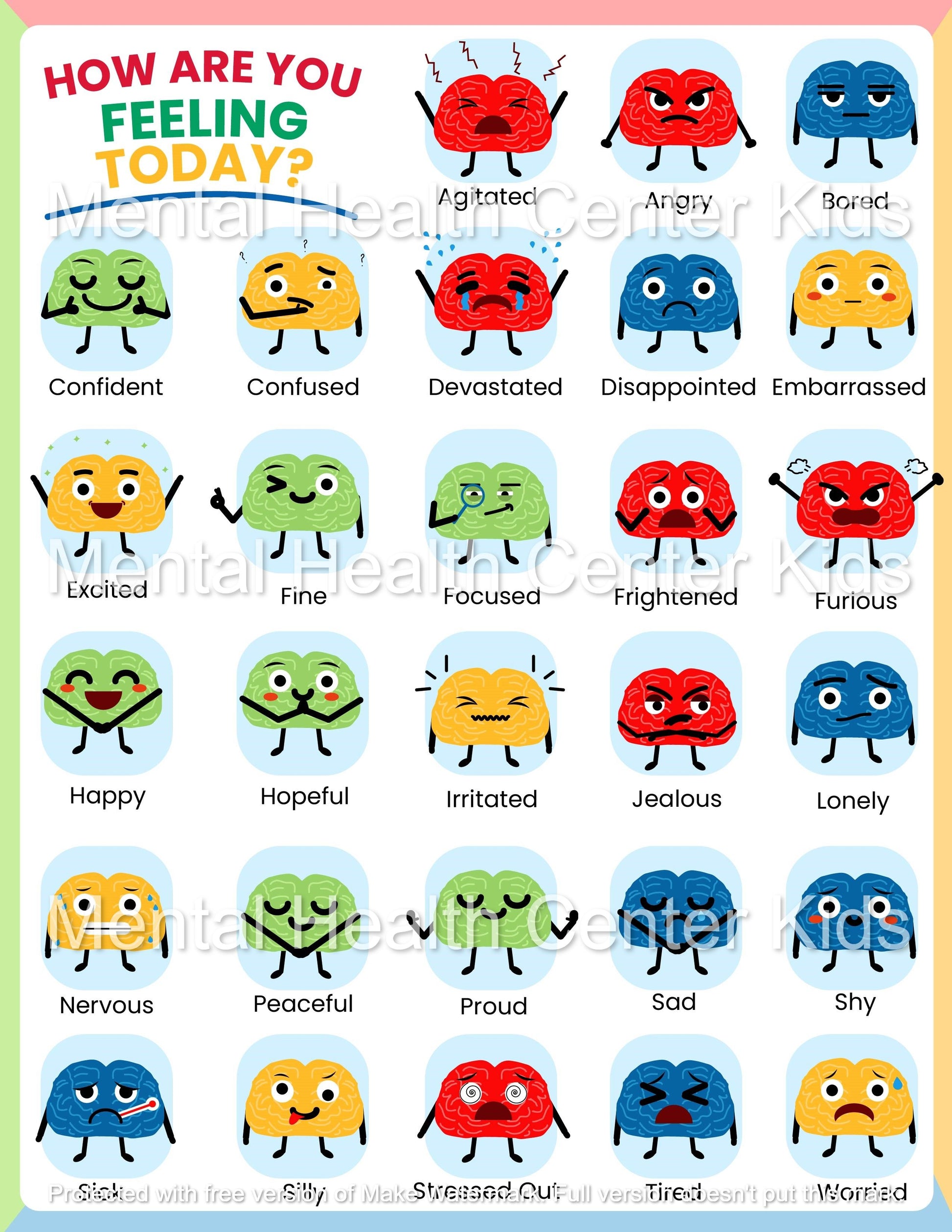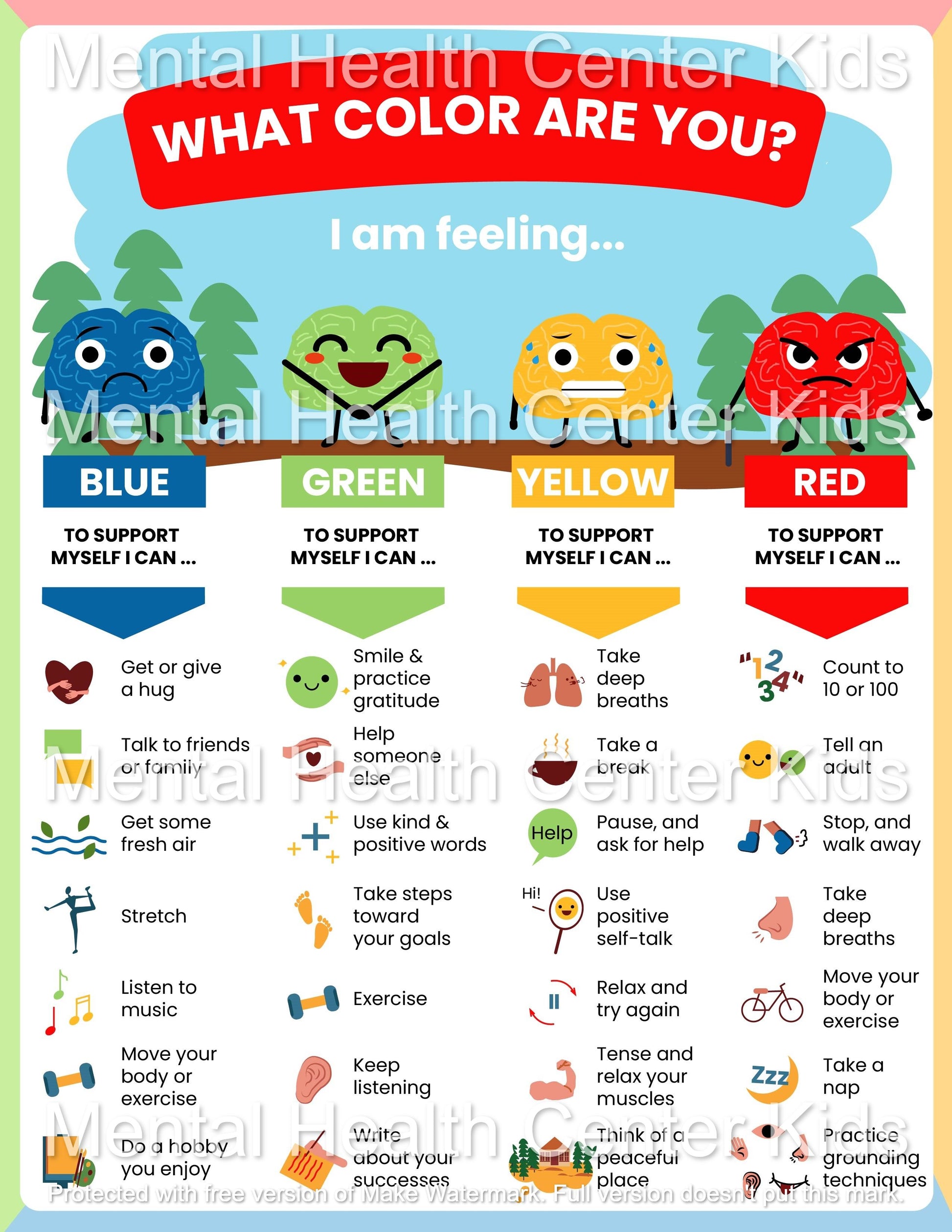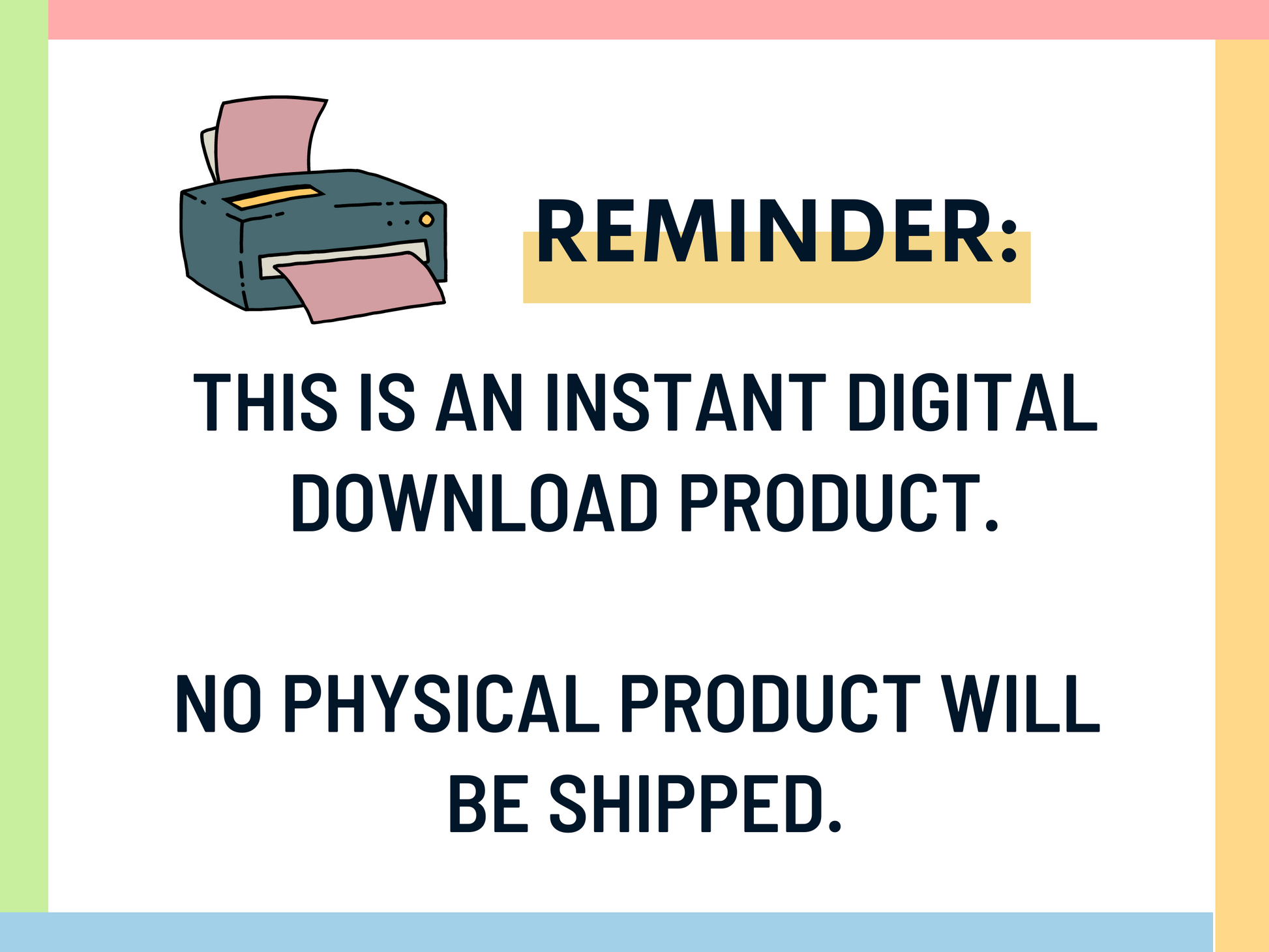Feelings and Emotions Charts for Kids
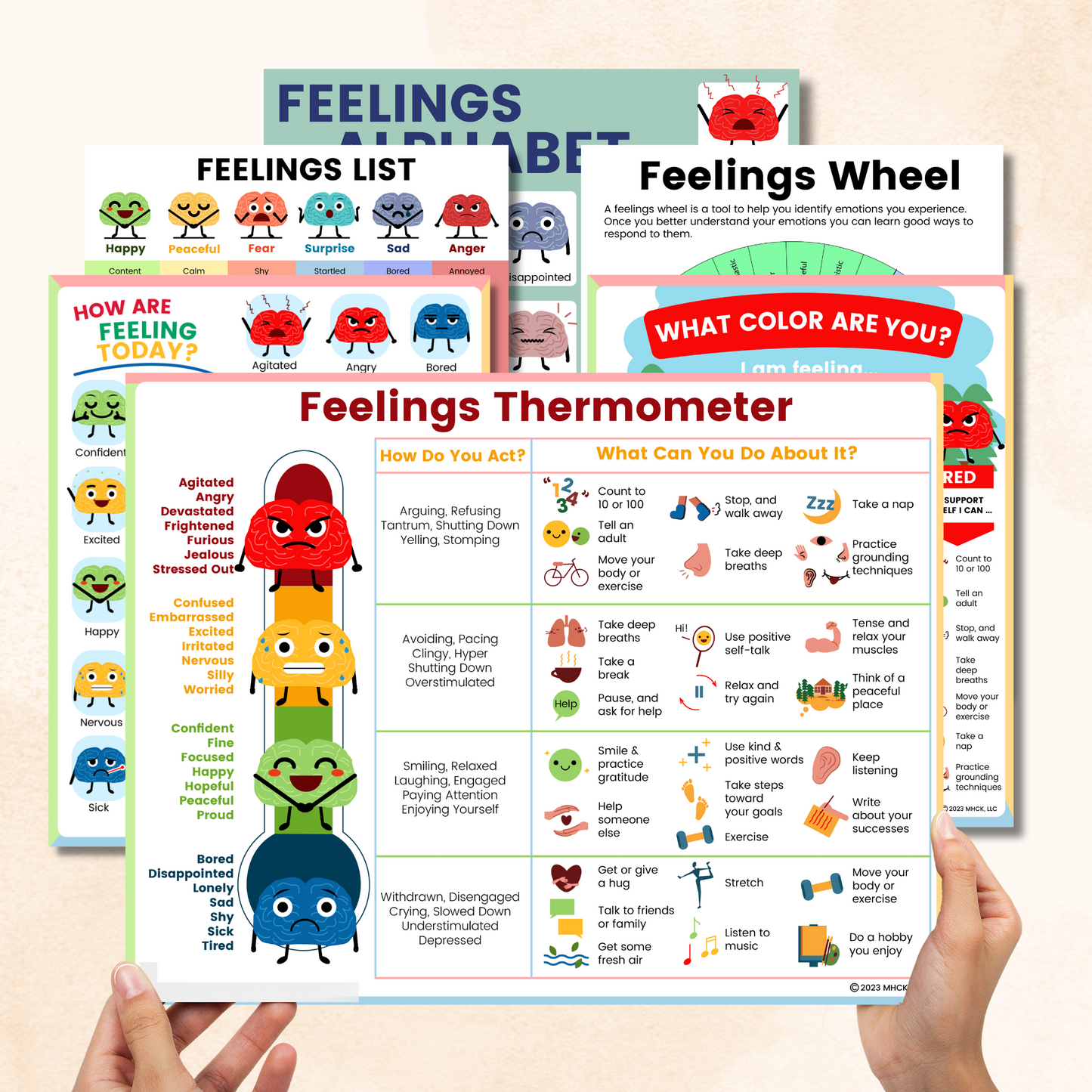
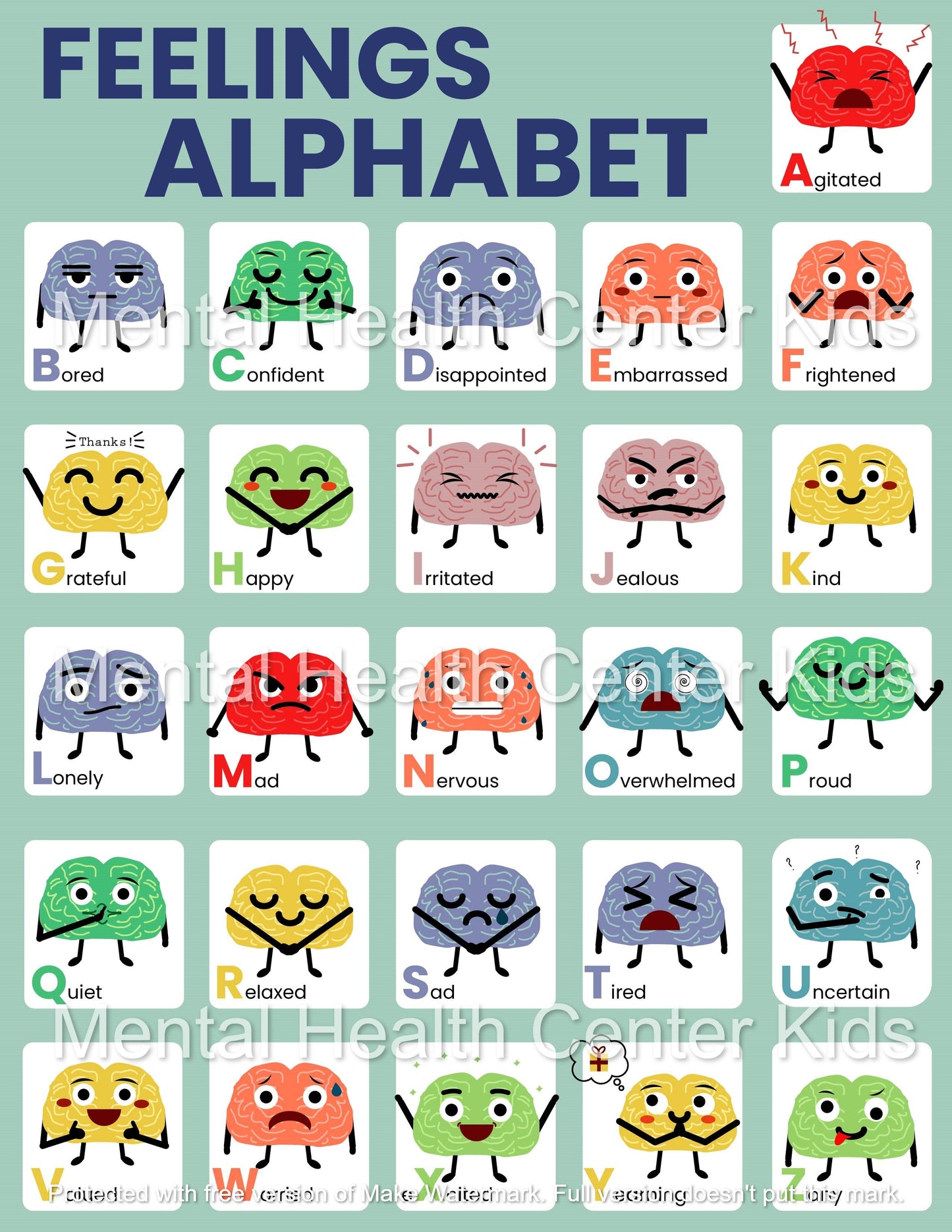
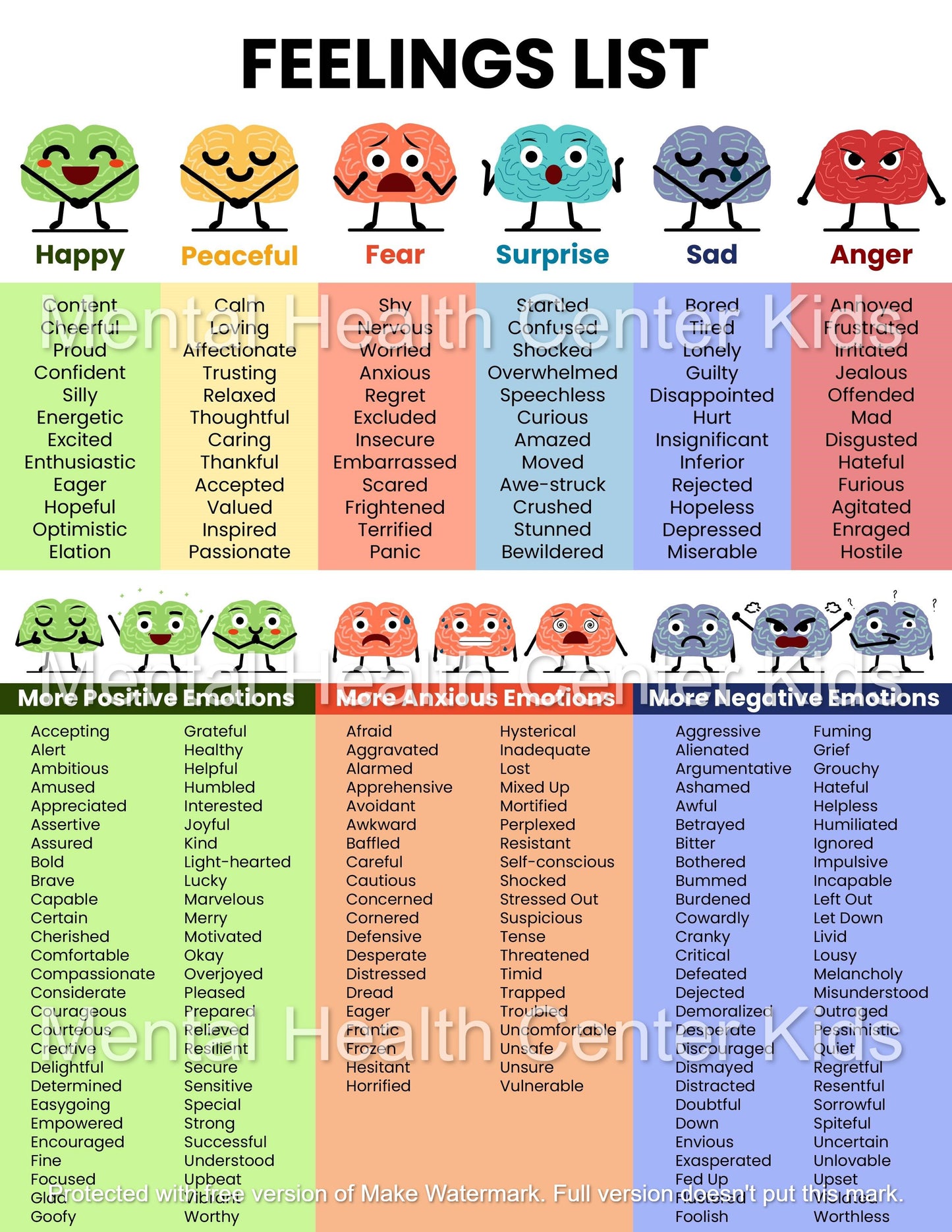
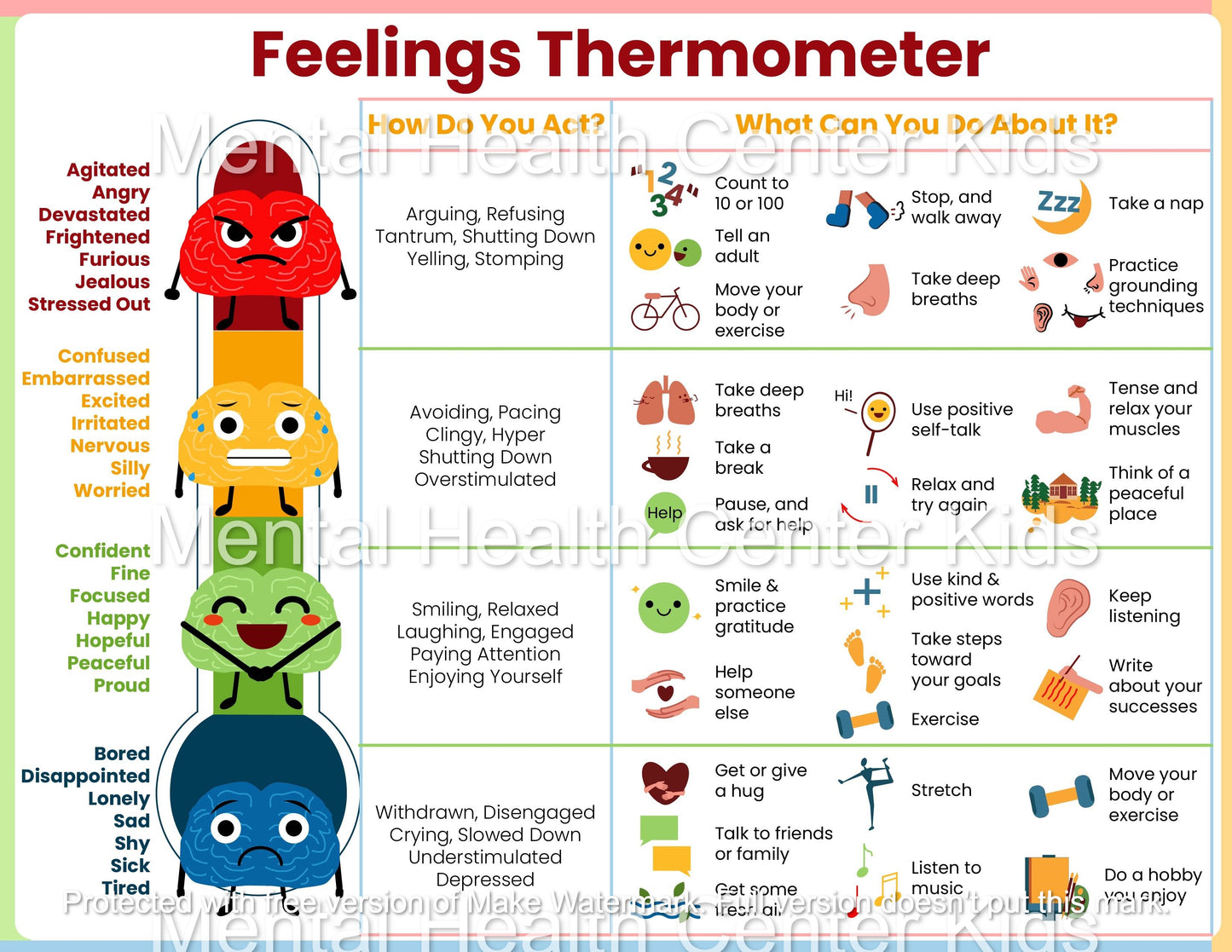
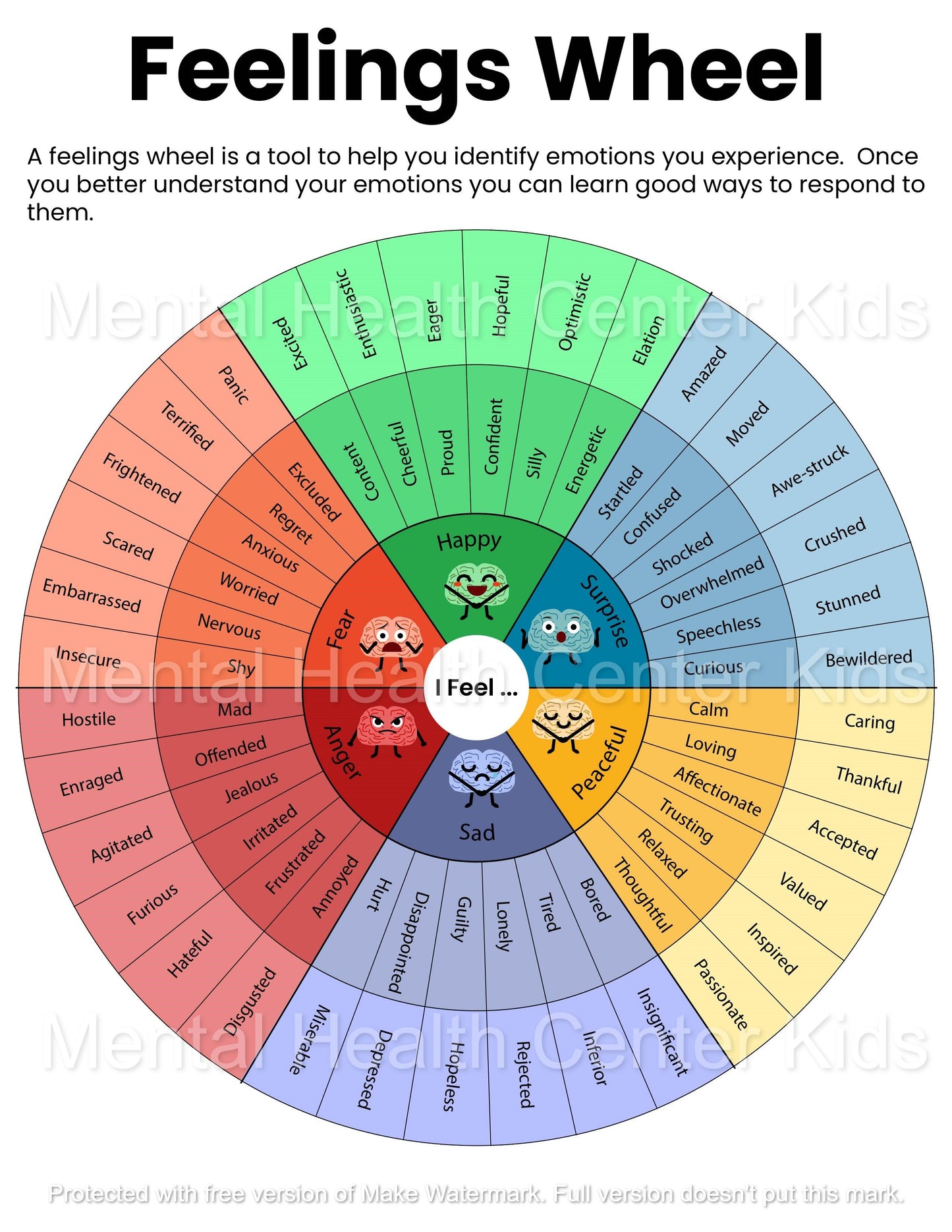
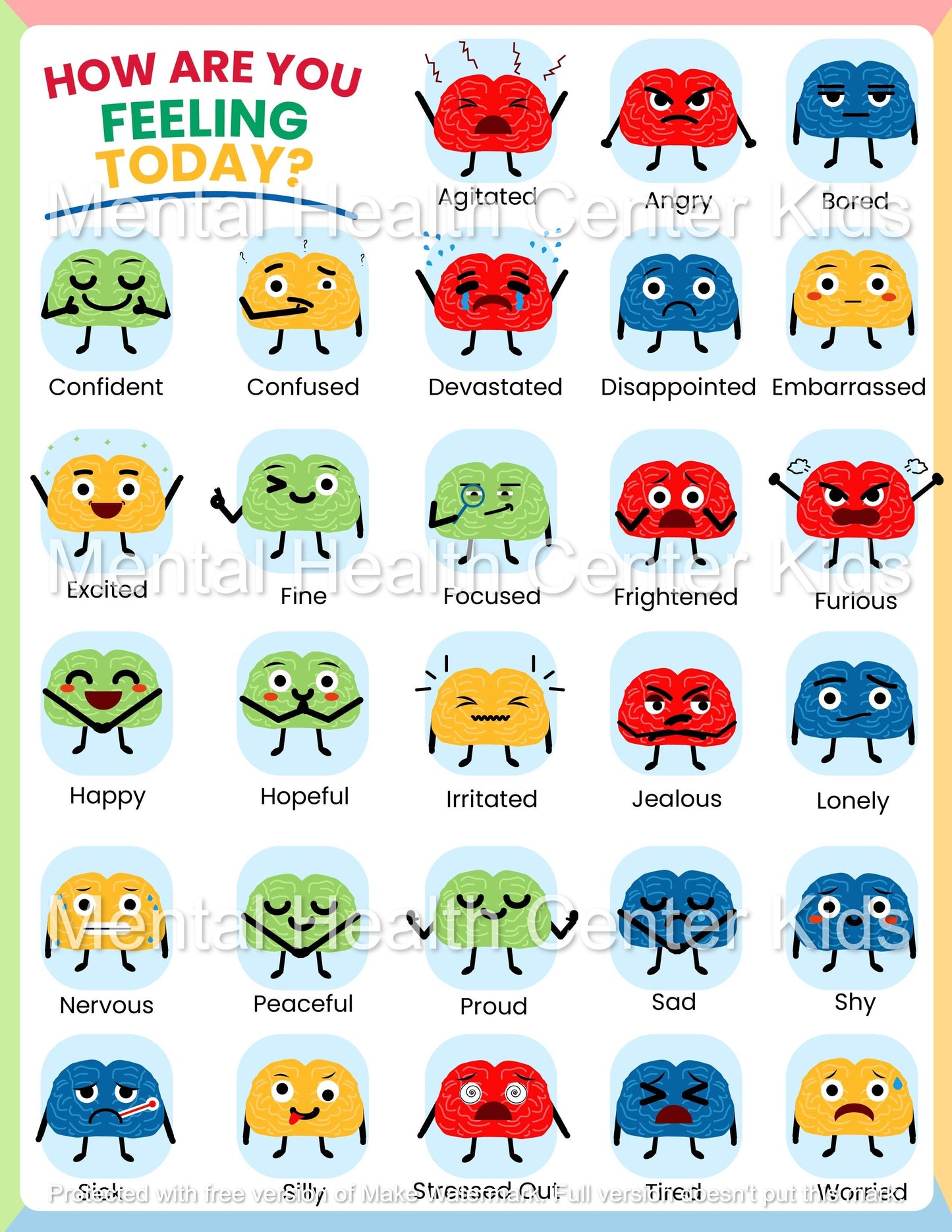
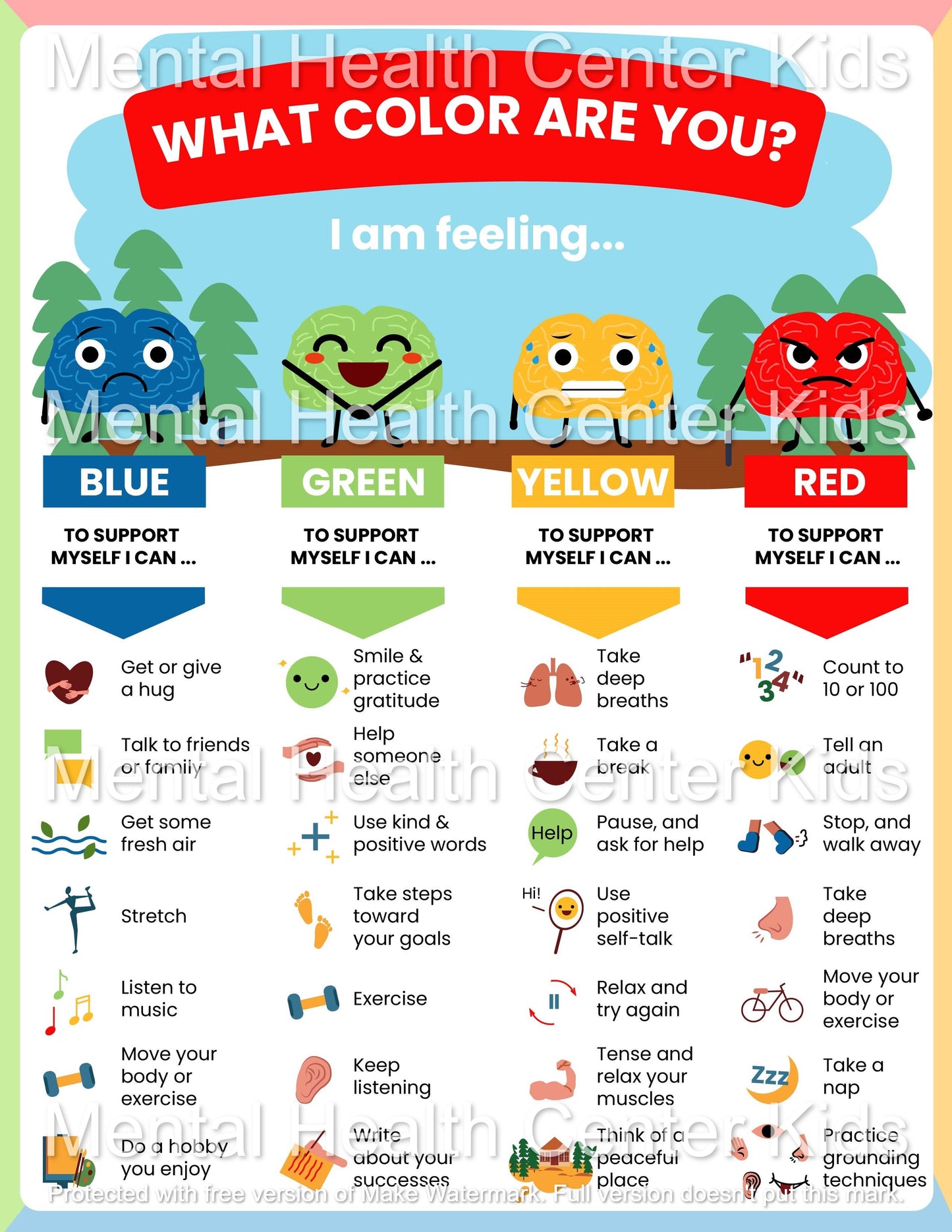
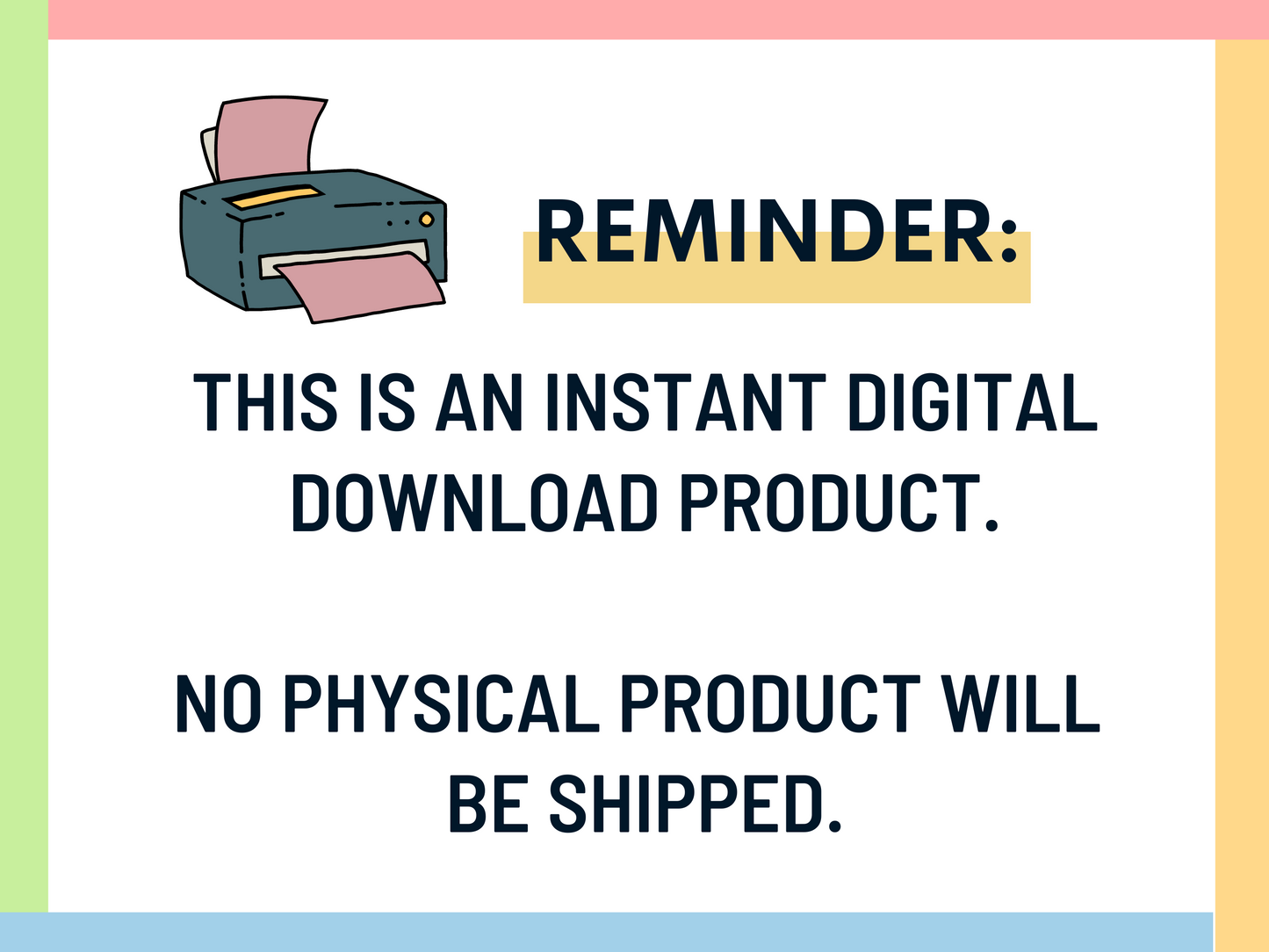
A feelings and emotions chart lists a range of basic to more complex feelings that people commonly experience. It enables clients to recognize and understand their feelings better. Educators and therapists often use these charts to help with managing emotions.
The Feelings and Emotions Charts for Kids is a 6-page bundle created for clients to recognize how they are feeling. It includes the following resources—a Feelings Alphabet, Feelings List, Feelings Thermometer, Feelings Wheel, What Color Are You, and How Am I Feeling Today Poster—all compiled to aid in emotional development. Each resource includes helpful information and strategies that make a client feel better, such as practicing grounding techniques and using kind and positive words.
Using these resources regularly increases kids' awareness of big feelings and prepares them for emotions they may encounter on their own. We recommend having these posters displayed in various locations where young people spend time, such as classrooms, playrooms, and libraries.
Adults might also suggest that kids keep a journal to track their feelings regularly or give them a Weekly Feelings Tracker for daily reflection. They can schedule one-on-one talks to spot patterns in the child’s feelings and offer support.
The following 5 items are included in this bundle:
- Feelings and Emotions Alphabet Printable Handout for Kids & Teens
- Feelings Wheel for Kids Printable Poster
- Feelings List for Kids Printable Handout
- Feelings Thermometer PDF Printable Handout for Kids & Teens
- Emotions Poster for Kids (2 Page Set)
*This item is an instant digital download. A link to download your files will be emailed to you once payment is confirmed.
Want more resources like this? Check out our full catalog of feelings worksheets and handouts.
References:
- Arantes, V. A., Pinheiro, V. P., & Araujo, U. F. (2014). Feelings and emotions in youth’s purpose. Journal of Youth Development, 9(4), 101-109. https://doi.org/10.5195/jyd.2014.43
- Chang, S., Vaingankar, J. A., Seow, E., Samari, E., Chua, Y. C., Luo, N., Verma, S., & Subramaniam, M. (2023). Understanding emotion regulation strategies among youths: A qualitative study. Journal of Adolescent Research, 074355842311610. https://doi.org/10.1177/07435584231161002
- Conte, E., Ornaghi, V., Grazzani, I., Pepe, A., & Cavioni, V. (2019). Emotion knowledge, theory of mind, and language in young children: Testing a comprehensive conceptual model. Frontiers in Psychology, 10. https://doi.org/10.3389/fpsyg.2019.02144
- López‐Pérez, B., Gummerum, M., Jiménez, M., & Tamir, M. (2022). What do I want to feel? Emotion goals in childhood, adolescence, and adulthood. Child Development, 94(1), 315-328. https://doi.org/10.1111/cdev.13845
- McLeay, R., Powell, D., & Cohen, B. M. (2023). Young people’s voices on emotions: A narrative inquiry. International Journal of Qualitative Studies in Education, 37(2), 342-357. https://doi.org/10.1080/09518398.2023.2233945
- Instant digital download
- File: PDF
- Size: 8.5" x 11"
I like the actions attached to the emotions on your emotion wheel. The coping skills alphabet I will be using in class. Can't wait! Thank you!
Thank you, Veronica!
I discovered your site while looking for resources to use for case management at a childcare facility. Your resources are awesome!
Jeanne, we're honored to support your case management work! Thanks so much for your kind words.
I use this everyday at work. It really helps my clients find more feelings language. Absolutely love it!
Great way to teach and engage kids with their emotions. Great product thank you
Thanks so much for sharing how well these handouts support the kids you're working with, Alison!
Good resource
Thanks so much for the positive feedback, Judy!

